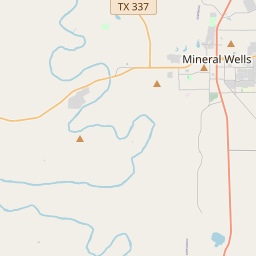The Woodville Republican







Since 1949 the State Historical Marker program has identified and interpreted historic sites across Mississippi. More than one thousand markers can be found near buildings, battlefields, cemeteries, churches, temples, forts, homes, schools, and abandoned towns.
For tourists the markers may be their only glimpses into the state’s rich and varied history. For Mississippi communities the markers can be points of pride that memorialize locally important people and events.
State Historical Markers are privately sponsored and funded. Anyone may sponsor a marker. To qualify a site must have unique historical significance to the local community, the state, or the nation.
During the Civil War, Mississippi was a major battleground and saw some of the bloodiest fighting of the entire conflict.
In the early 19th century, Wilkinson County saw an influx of settlers from the eastern United States. The county was officially established in 1802, with Woodville as its county seat. The area flourished, with the fertile soil attracting cotton plantations and wealthy plantation owners. These plantations relied heavily on slave labor, and by 1860, over 9,000 slaves were living in Wilkinson County, making up the majority of the population.
During the Civil War, Wilkinson County became a significant site for military operations. The Battle of Woodville took place in 1863, as Union forces attempted to disrupt the supply lines of the Confederate army. After the war, the county faced the challenges of Reconstruction, with many plantations destroyed and the social and economic fabric of the area severely disrupted.
Throughout the 20th century, Wilkinson County experienced periods of growth and decline. The advent of the railroad in the late 19th century brought economic opportunities, but the Great Depression in the 1930s saw many residents struggle. Today, Wilkinson County continues to maintain its rural character, with a focus on agricultural activities such as forestry and farming. The county also boasts historic buildings, such as the Woodville Rosenwald School, which serve as reminders of its rich history.
Wilkinson County Timeline
This timeline provides a condensed summary of the historical journey of Wilkinson County, Mississippi.
- 1799: Wilkinson County was established by the Mississippi Territorial Legislature.
- 1802: Fort Adams, a military installation, was built in the county.
- 1812: Wilkinson County became a county in the newly formed state of Mississippi.
- 1825: Woodville, the county seat, was incorporated.
- 1832: The county experienced significant economic growth due to the cotton boom.
- 1861-1865: Wilkinson County was deeply affected by the American Civil War.
- 1870s: Reconstruction era brought political and social changes to the county.
- 1890s: The timber industry became an important part of the county's economy.
- 1950s-1960s: Wilkinson County played a role in the Civil Rights Movement.
- 2005: Hurricane Katrina caused significant damage to the county.